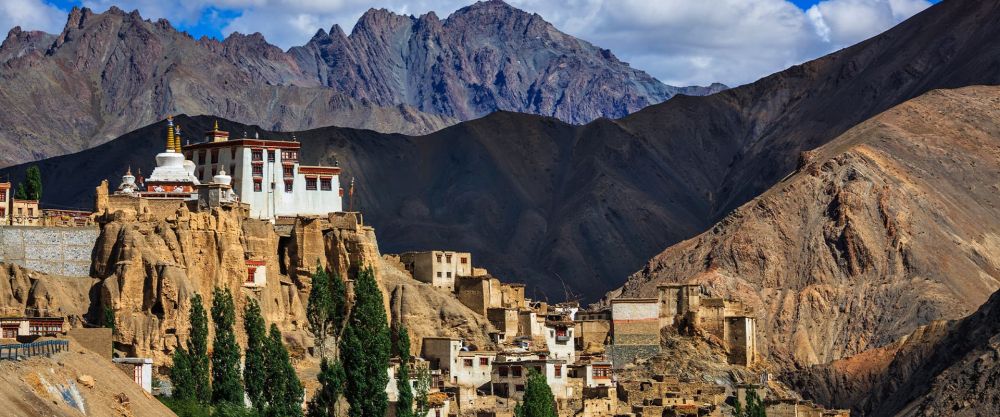

Nestled in the stark ruggedness of Ladakh, Lamayuru has long been a site of spiritual significance. Known for its lunar-like landscapes and the ancient Lamayuru Monastery, the region's history with tourism is intertwined with the quest for spiritual enlightenment and the allure of its natural beauty.
Historically, Lamayuru's initial visitors were predominantly pilgrims and adventurers. The Lamayuru Monastery, dating back to the 11th century, has been a magnet for Buddhist practitioners and scholars. Over the years, the monastery has played host to numerous spiritual leaders, disseminating the teachings of Tibetan Buddhism far and wide.
In the late 20th century, as global interest in Eastern spirituality grew, so did the number of international visitors to Ladakh. Lamayuru, with its profound religious and historical significance, became an essential stop for those on a spiritual circuit in the Himalayas.
With the opening of Ladakh to tourism in the 1970s, Lamayuru witnessed a gradual influx of tourists who came to marvel at its scenic vistas and unique geological formations, often referred to as the "Moonland" for their resemblance to the moon's surface. The completion of the Srinagar-Leh Highway further facilitated access to Lamayuru, thus integrating it into the broader tourist routes.
In recent years, Lamayuru has observed several emerging tourism trends:
Today, Lamayuru continues to enchant visitors with its mystical charm and surreal landscapes. Its integration into the wider Ladakh tourism circuit has brought infrastructural improvements, albeit with sustained efforts to conserve the natural and cultural heritage of this unique destination.
With a blend of spirituality, adventure, and natural splendor, Lamayuru, Ladakh remains one of India's most intriguing and inspiring travel destinations, drawing a diverse array of tourists each year, all seeking to experience the magic that this ancient, otherworldly place has to offer.